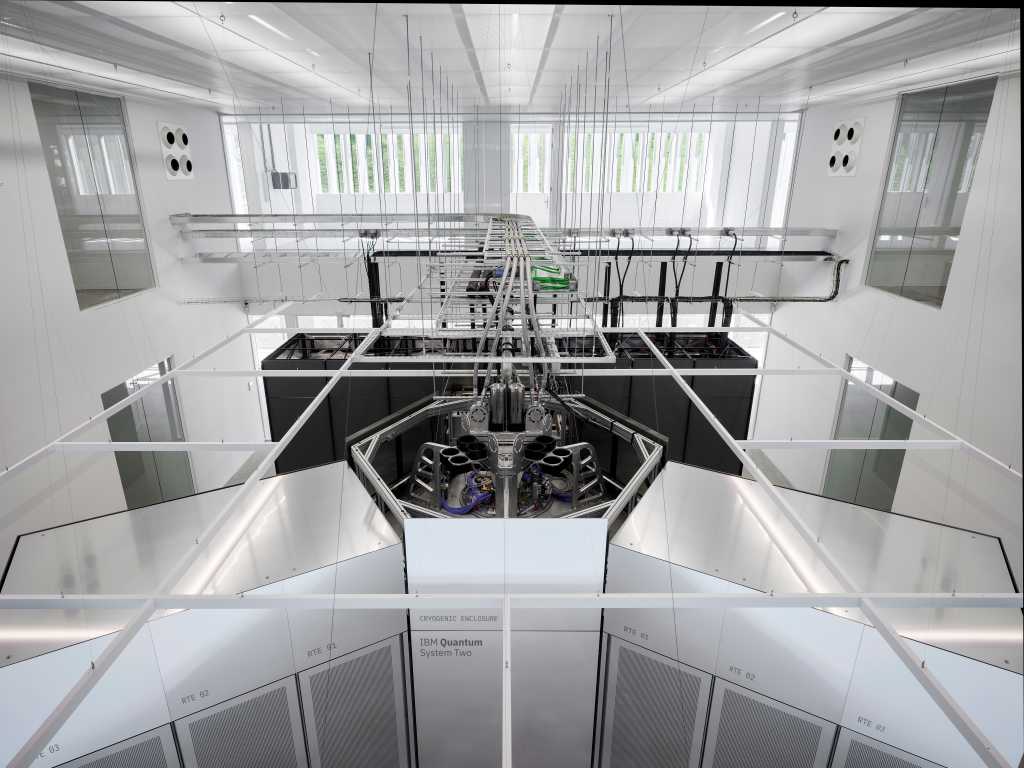
Keeping up with the demand comes down to performance, and more specifically, performance per watt. With power limited, OEMs have become much more involved in all aspects of the system design, rather than pulling silicon off the shelf or pulling servers or racks off the shelf.
“They’re getting much more specific about what that silicon looks like, which is a big departure from where the data center was ten or 15 years ago. The point here being is that they look to create a more optimized system design to bring the acceleration closer to the compute, and get much better performance per watt,” said Awad.
The Open Compute Project is a global industry organization dedicated to designing and sharing open-source hardware configurations for data center technologies and infrastructure. It covers everything from silicon products to rack and tray design. It is hosting its 2025 OCP Global Summit this week in San Jose, Calif.
Arm also was part of the Ethernet for Scale-Up Networking (ESUN) initiative announced this week at the Summit that included AMD, Arista, Broadcom, Cisco, HPE Networking, Marvell, Meta, Microsoft, and Nvidia. ESUN promises to advance Ethernet networking technology to handle scale-up connectivity across accelerated AI infrastructures.
Arm’s goal by joining OCP is to encourage knowledge sharing and collaboration between companies and users to share ideas, specifications and intellectual property. It is known for focusing on modular rather than monolithic designs, which is where chiplets come in.
For example, customers might have multiple different companies building a 64-core CPU and then choose IO to pair it with, whether like PCIe or an NVLink. They then choose their own memory subsystem, deciding whether to go HBM, LPDDR, or DDR. It’s all mix and match like Legos, Awad said.




















